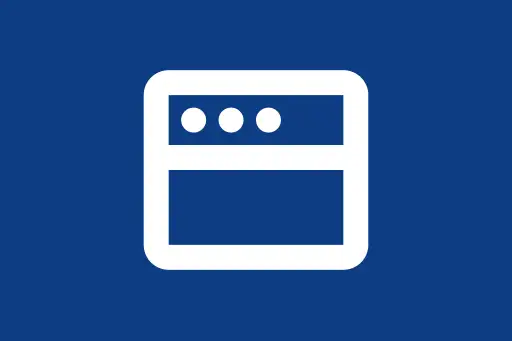Using the
Fetch API
to Get and Post Data
Introduction to Fetch API
The fetch() API in JavaScript is a modern, promise-based way to make HTTP requests to servers. It works in all modern browsers and replaces the older XMLHttpRequest API with a cleaner and more powerful interface.
Why Use Fetch?
- It returns Promises — making asynchronous programming more elegant
- Supports JSON and other content types out-of-the-box
- Allows better control over requests and responses
Example 1: GET Request Using Fetch
Let's fetch a list of users from a public API.
// Fetching users from JSONPlaceholder API
fetch('https://jsonplaceholder.typicode.com/users')
.then(response => {
if (!response.ok) {
throw new Error('Network response was not ok');
}
return response.json(); // parse JSON body
})
.then(data => {
console.log('Fetched users:', data);
})
.catch(error => {
console.error('Fetch error:', error);
});Fetched users: [ { id: 1, name: 'Leanne Graham', ... }, ... ]
Question:
What does response.ok check for?
Answer: It checks whether the HTTP status is in the range 200–299. If not, the request is considered unsuccessful.
Example 2: POST Request Using Fetch
Now let's send data to the server using a POST request.
// Posting data to JSONPlaceholder API
const postData = {
title: 'Hello Fetch',
body: 'This is a POST request example.',
userId: 1
};
fetch('https://jsonplaceholder.typicode.com/posts', {
method: 'POST',
headers: {
'Content-Type': 'application/json'
},
body: JSON.stringify(postData)
})
.then(response => response.json())
.then(data => {
console.log('POST success:', data);
})
.catch(error => {
console.error('POST error:', error);
});POST success: { id: 101, title: 'Hello Fetch', body: 'This is a POST request example.', userId: 1 }
Question:
Why do we use JSON.stringify(postData)?
Answer: The body of a fetch POST request must be a string, so we convert the JavaScript object into a JSON string format before sending.
Handling Fetch Errors
Fetch only throws an error on network failure (like no internet). It won’t reject on HTTP errors like 404 or 500 — so you need to check response.ok manually.
fetch('https://jsonplaceholder.typicode.com/unknown-endpoint')
.then(response => {
if (!response.ok) {
throw new Error(`Error: ${response.status}`);
}
return response.json();
})
.then(data => {
console.log(data);
})
.catch(error => {
console.error('Handled error:', error.message);
});Handled error: Error: 404
Points to Remember
fetch()always returns a Promise.- Always handle errors using
.catch()ortry/catchwith async/await. - Use
response.json()to parse the JSON response. - POST requests require setting the
'Content-Type'to'application/json'.
Practice Tip
Try using fetch to make GET and POST requests to your own mock API using reqres.in or JSONPlaceholder.
Next Topic ⮕To-Do List App in JavaScript - Build a Console-Based Task Manager











Comments
Loading comments...